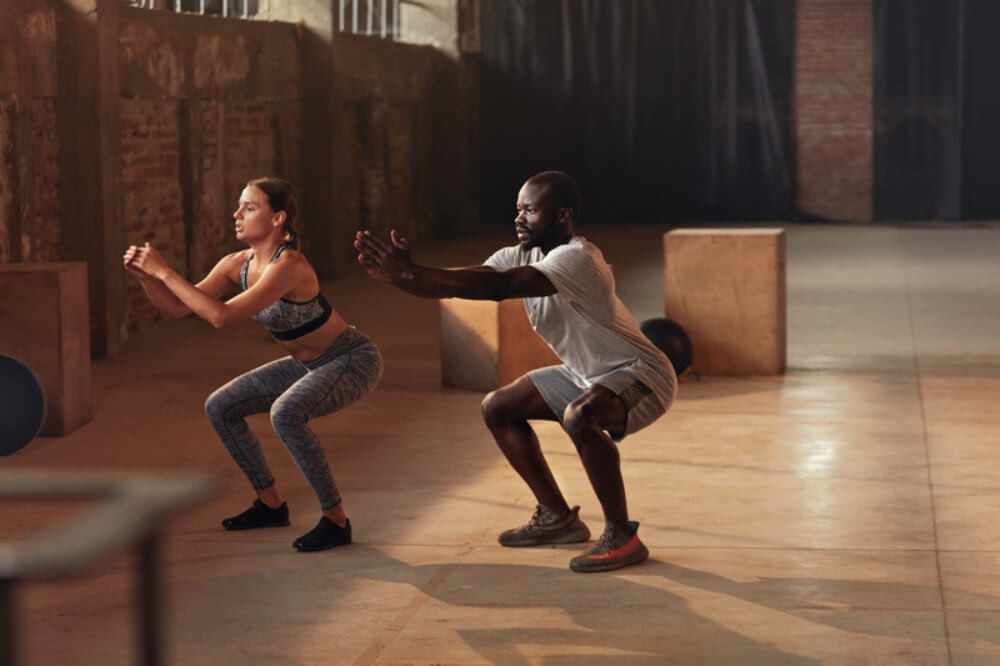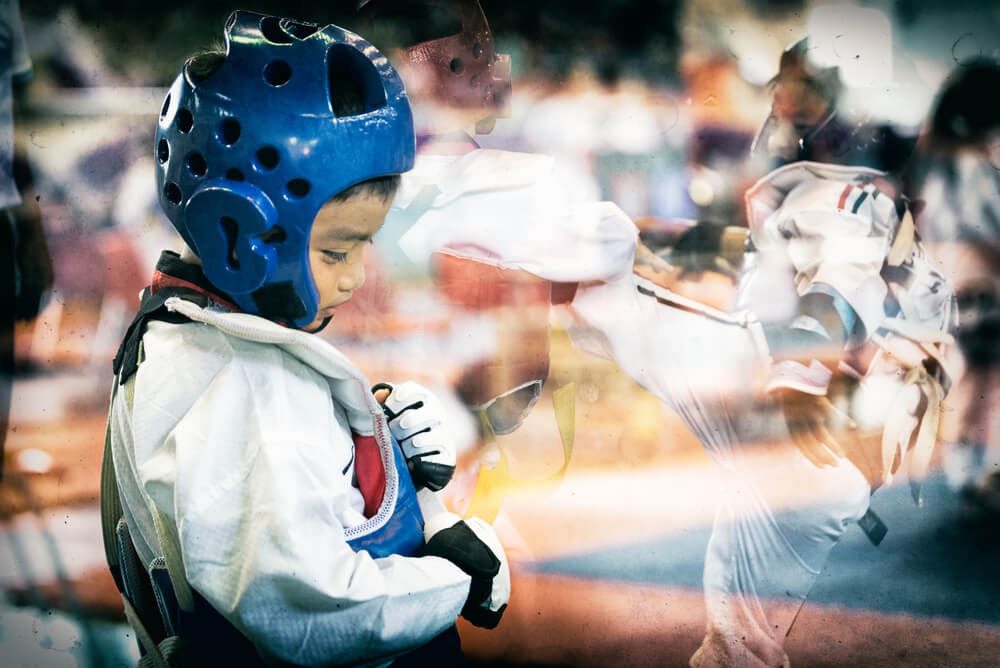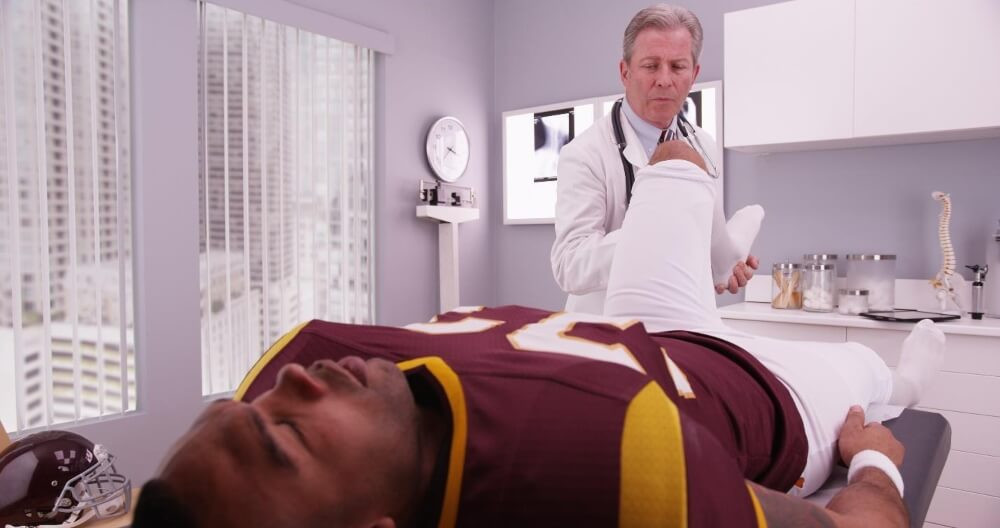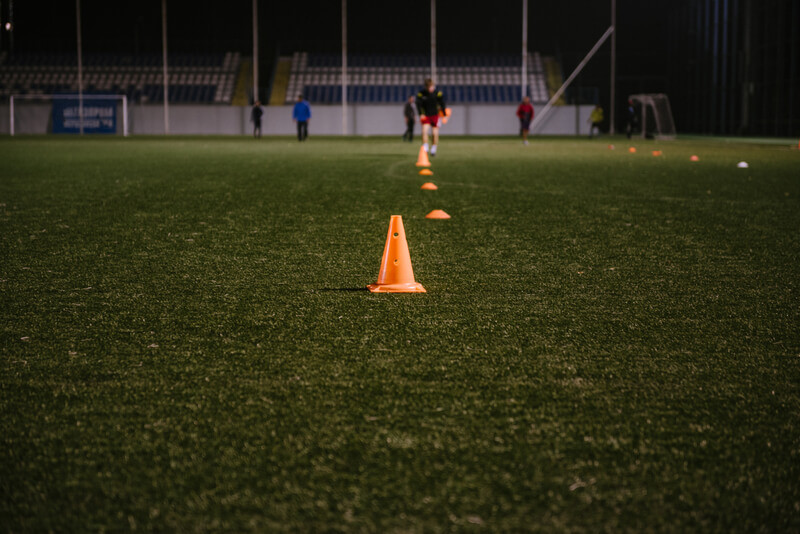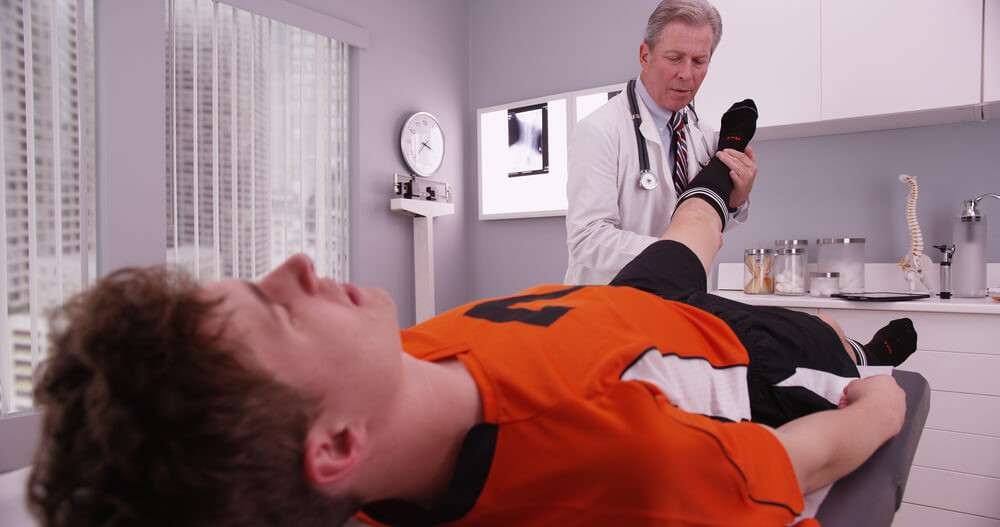Health, Concussion
Welcome and thanks for visiting...

Does Previous Concussion Put You at Risk for Injury? - Part V
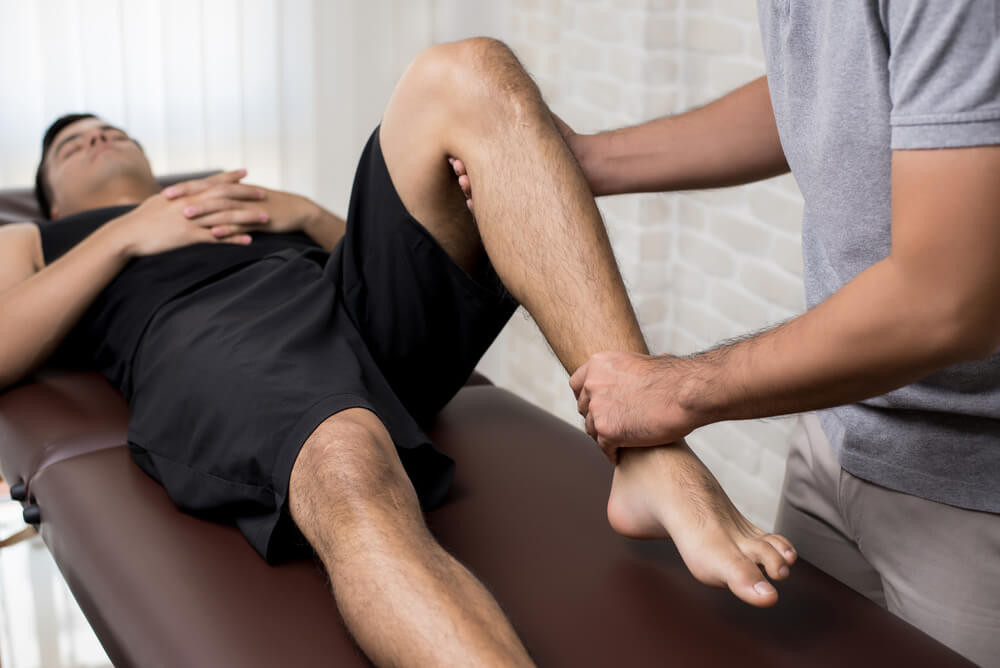
Throughout this series, we have talked about the impact that concussion has on lower extremity injuries. Although this is not new knowledge in the medical field, it is relatively unknown. Hopefully, at this point and from our previous discussions, you can now understand why we are seeing these trends in concussed athletes. From our previous discussions, some of the things we see in concussed athletes when we test them in single-leg activities are:
- Increase in time to stability
- Increase in the number of losses of balance
- Increased motion at the pelvis during single limb testing
- Increase motion and speed of motion at the knee
Obviously, these are all things we do not want to see in our athlete, especially:
The step by step process in addressing this is first knowing that it exists, then knowing what is contributing to it and how to assess and finally understanding how we address. As I have stated throughout this series, I am not a concussion specialist. So when I talk about how to address this problem, I will look at how this knowledge changes the way we train our previously concussed athlete and how we set them up for success with a return to sport.
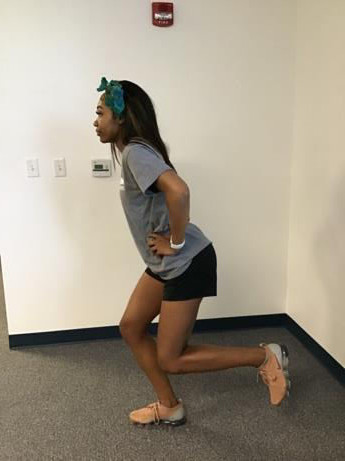 As complex as this problem is, the training is quite simple. We know when an athlete becomes fatigued that their movement degrades or gets worse. This means when they are doing a single leg squat, for example, when they are tired, they demonstrate more motion at their knee and hip and tend to lose their balance more. For the concussed athlete, this exacerbated even more. In the absence of concussion, we know if you do this, you have an increased risk for LKC injury. As such, we are going to take a very similar approach to training. When doing a single-leg squatting motion, we want the athlete in the position depicted here.
As complex as this problem is, the training is quite simple. We know when an athlete becomes fatigued that their movement degrades or gets worse. This means when they are doing a single leg squat, for example, when they are tired, they demonstrate more motion at their knee and hip and tend to lose their balance more. For the concussed athlete, this exacerbated even more. In the absence of concussion, we know if you do this, you have an increased risk for LKC injury. As such, we are going to take a very similar approach to training. When doing a single-leg squatting motion, we want the athlete in the position depicted here.
To ensure we are addressing the things we see in concussed athletes you want to make sure we are not allowing the athlete to do this during the exercise. Some key things we look for when viewing the athlete from the front are:
- Number of losses of balance
- Control of the hips throughout the motion
- The depth of motion
- Control of the knee during the performance of the movement
On the number of losses of balance, you want the athlete to maintain the position and not allow them to touch down the opposite foot to the ground at any time during the performance of the set number of reps. If they do, record this and you will know they are getting better as this gets less and less during the exercise. When viewing their hips from the front, we want to make sure they are remaining level throughout the exercise. There will be some shifting of the hip during the performance of the squatting motion, but what you should not see is this going rapidly back and forth or causing rotation at the hips. Work with the athlete on controlling this during single-leg squatting motion. Those who have poor balance tend to move very little. So, if you see the athlete is not squatting to 40-45 degrees of knee flexion, they may be modifying this to compensate for poor balance. Make sure to work with them on getting full motion during the exercise. Lastly, you want to make sure they are controlling their knee. That they are not allowing their knee to go in towards midline or allowing this motion to occur at a high rate of speed. Simply working with them to make sure they are controlling this will help a lot.
Once the athlete has perfected this, the next step is taking them to some more ballistic and multidirectional movements. Focusing on all the same things we did with a single leg squat; I would start with my athlete with doing just a vertical hop. Same position and same criteria. As they perfect stability in this exercise, I would move to do the same thing with a directional hop (jump forward, backward, lateral, and medial). Of the movements, this will obviously be one of the more difficult. Once the athlete can do this and control their motion throughout with all three motions then they are much more prepared to return to sport while reducing the risk for lower limb injury.
Hopefully, you found this series informative and useful. Next time we will start to dive into another topic, lateral epicondylitis, or tennis elbow. What is it and how do we prevent it. I hope you find this useful and Stay Tuned!
Does Previous Concussion Put You at Risk for Injury? - Part I
Does Previous Concussion Put You at Risk for Injury? - Part II
Does Previous Concussion Put You at Risk for Injury? - Part III
Does Previous Concussion Put You at Risk for Injury? - Part IV
